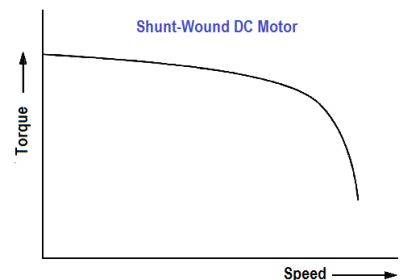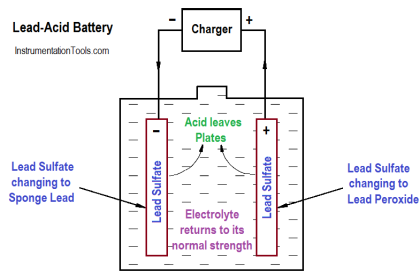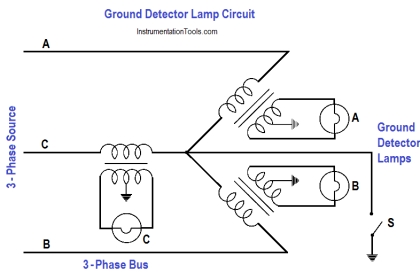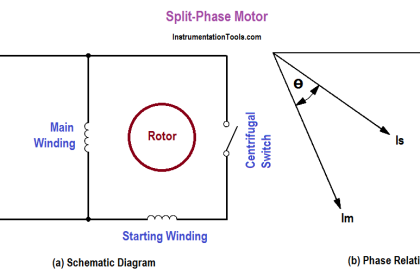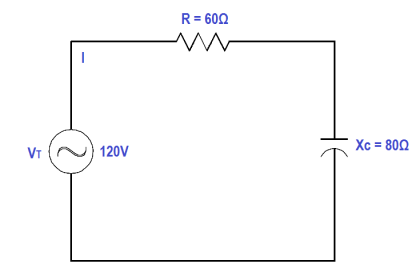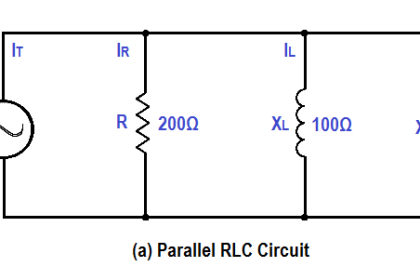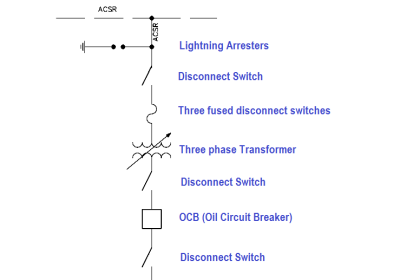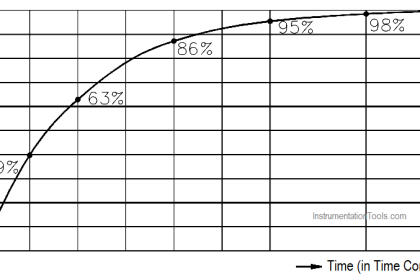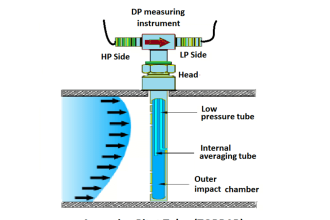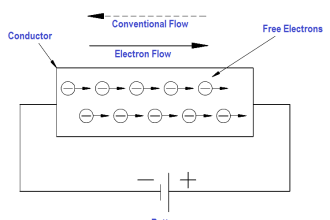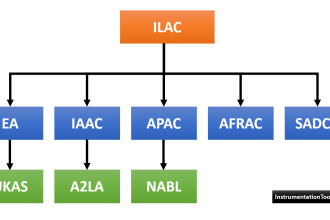The current in the windings of a transformer is inversely proportional to the voltage in the windings.
This relationship is expressed in below Equation.
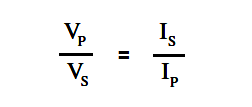
where
IP = primary coil current
IS = secondary coil current
Since the voltage ratio is equal to the turns ratio, we can express the current ratio in terms of the turns ratio, as in below Equation.

Example 1:
When operated at 120 V in the primary of an iron core transformer, the current in the primary is 4 amps. Find the current in the secondary if the voltage is stepped up to 500 V.
Solution:

Next, we solve for Is
Is = (Vp/Vs) Ip
Is = (120/500) 4
Is = 0.96 amps
Example 2:
A transformer with 480 turns on the primary and 60 turns on the secondary draws Solution: 0.6 amps from a 120 V line. Find Is.
Solution :

Next, we solve for Is
Is = (Np/Ns) Ip
Is = (480/60) 0.6
Is = 4.8 amps
We should note from the previous examples that a transformer that “steps-up” voltage, “steps-down” the current proportionally.
